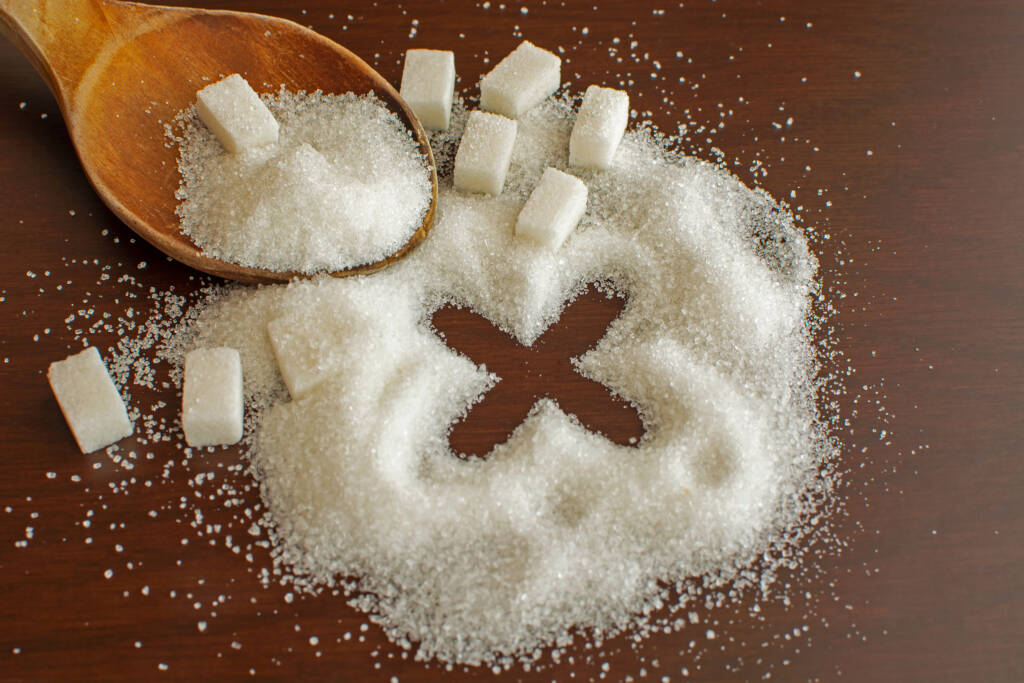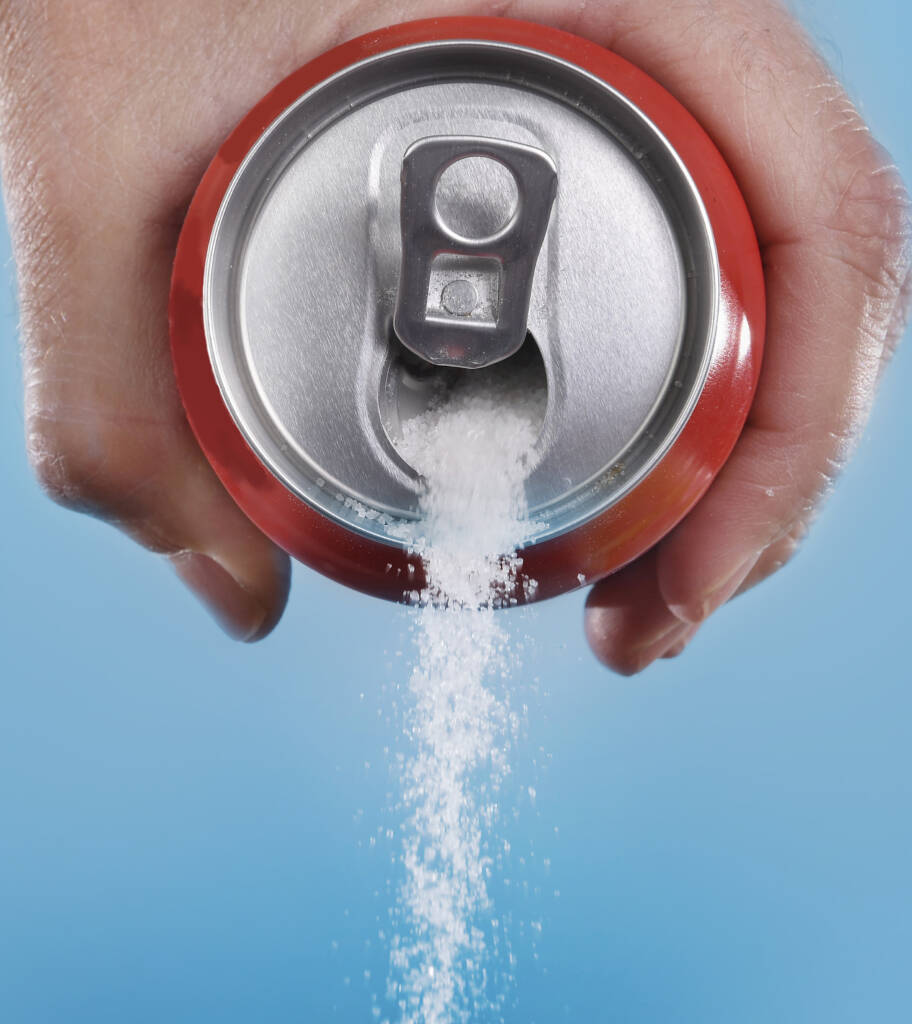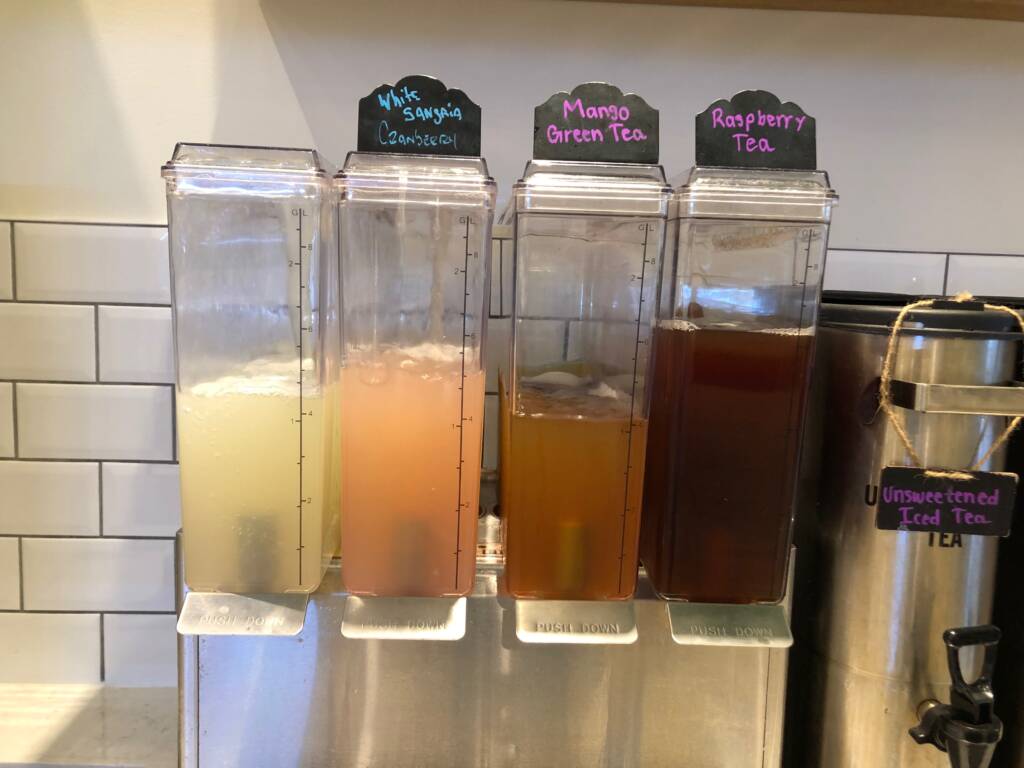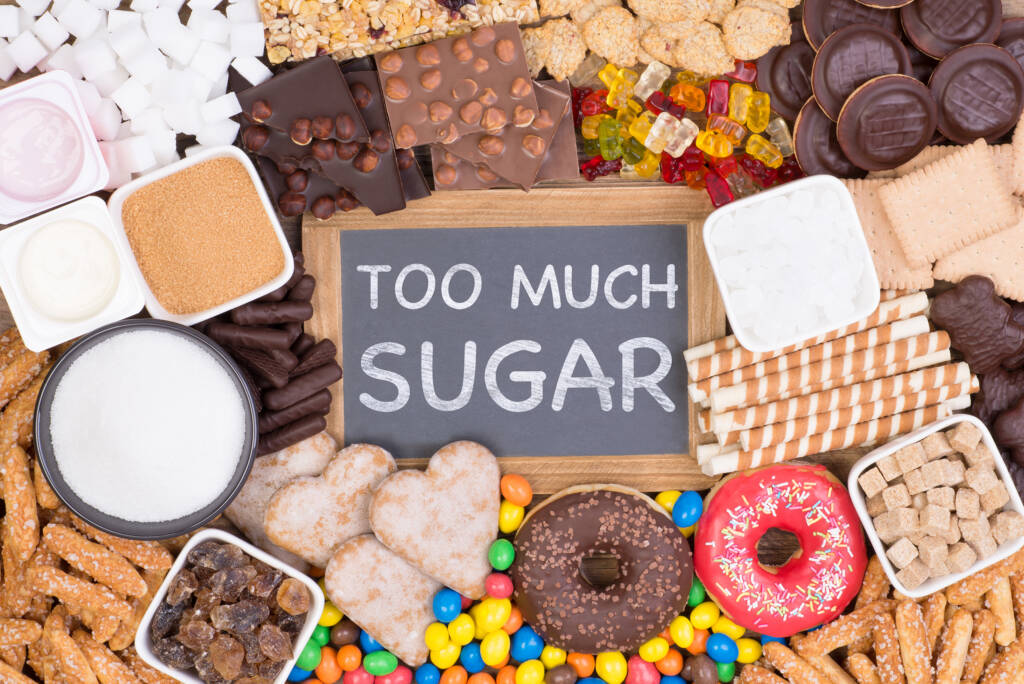Pass on Processed Sugar: 3 Sneaky Sources and Their Hidden Harm
by Alexandra Liles, CHOP5 Wellness Blogger

Do you have a sweet tooth? Even if not, you are likely eating way more sugar than you should each day. According to the American Heart Association, the average American consumes about 17 teaspoons of sugar per day. Imagine consuming a pile of 17 sugar packets, the equivalent of over 71 grams of sugar on a daily basis. With each gram of sugar containing 4 calories, Americans are eating over 280 calories of sugar alone each and every day. In addition to being “empty” calories, lacking any nutritional value, excess sugar intake has numerous negative impacts on health. Negative consequences range from weight gain, heart disease, insulin resistance and diabetes, to dental problems and mental health issues like anxiety and depression. Sticking to whole-foods and avoiding processed foods is your best bet for avoiding excess sugar intake. Stay tuned for three sneaky sources of added sugars you should aim to avoid to help get your daily sugar intake down.
Not all sugar is created equal. The naturally occurring sugars found in whole foods like fruits and vegetables are naturally fortified with nutrients and fiber to help our bodies more easily and slowly digest them. In comparison, added sugars include any sugars or sweeteners added to a food product during the preparation and processing of the item. The American Heart Association has created a handy list of terms to look for on food labels when aiming to avoid added sugars in packaged products, which includes items like corn syrup, fruit juice concentrates, invert sugar, dextrose, fructose, lactose, and more.

How much is too much? In 2003, the World Health Organization released a joint report with the Food and Agriculture Organization, which for the first time called for a reduction in sugar intake to under 10% of total calories consumed per day. Check out NutritionFacts.org for more details on the history of how these sugar guidelines have developed over time. According to these guidelines, men should be consuming no more than 9 teaspoons of sugar each day, women are limited to no more than 6 teaspoons, while children under two years old should be consuming none whatsoever. When you think about the fact that one can of soda has 8 teaspoons of sugar and one candy bar contains about 12 teaspoons, it becomes clear how all this sugar really starts to add up over the course of a day.
While some sources of sugar, like soda and candy are easy to spot and thus limit in our diets, there are more and more products in grocery stores ending up in our carts and eventually on our tables that are less obvious. These hidden sources are perhaps even more culpable for increasing our daily sugar intake simply because we are not aware of the sugar in them. Next time you’re out shopping, check the labels on these items in particular for hidden sources of added sugar:
- Sauce, dressings, & dips: Who doesn’t love a good sauce? Unfortunately, store bought sauces and dressings often come with added sugars used to enhance flavor. Ranch dressing, for example, has 2 grams of added sugar per serving, ketchup typically has double that, and popular barbeque sauces can have up to 17 grams per serving! One solution is to make your own. You can control exactly how much sugar goes into the sauce when you make it yourself. Alternatively, find low to no sugar brands you trust. CHOP5 Salad Kitchen’s dressings are house-made with high quality ingredients, no added sugars, minimal calories, and they taste phenomenal. They’re like homemade, but way more convenient.


2. Dairy, especially yogurts: The lactose, found in all dairy products, is itself a sugar. Any sort of flavored dairy product, like chocolate milk or any ice cream will be full of additional added sugars. Most people may consider and account for this when thinking in the context of dessert. Flavored yogurts, often consumed as a breakfast or healthy snack item, may have even more added sugars than your ice cream. Whenever possible, opt for plain yogurts and dairy items to avoid added sugars and minimize the total sugar content. Add your own flavor by adding fresh fruits and even spices like cinnamon or cardamom.
3. Beverages & hydration supplements : Some beverages, like sodas should definitely be avoided when aiming to minimize sugar intake, but have you taken a look at the added sugar content of fruit juice? While a Coca-Cola contains roughly 39 grams of added sugar, a serving of bottled apple juice is not far off, containing about 36 grams of added sugar, according to an article on WebMD– that’s 9 teaspoons and 150 calories of sugar in one cup! Popular supplements sold in single serving packets to add to water are often packed with sugar as well. We may think we are doing ourselves a favor by adding in extra vitamins to our water bottles, but we are really adding in about half of our recommended daily sugar intake in one serving. Instead of quenching your thirst with juice and other sugary beverages, stick with water. Weaning off a soda habit? Try flavored carbonated water, most brands have zero added sugars. Missing the flavor? Try out different flavored teas or infuse your water with fresh fruits and herbs. Cucumber and mint sounds refreshing, doesn’t it?


While Americans are definitely eating way more sugar than we should, following these steps will help us be more mindful about our sugar consumption and health overall: Stick with unprocessed foods as much as possible and check food labels for added sugars when buying packaged foods– particularly when shopping for sauces, dressings, dips, dairy, and beverages. Small changes can lead to big improvements in our health and well-being but we don’t need to skimp on flavor to make them.

